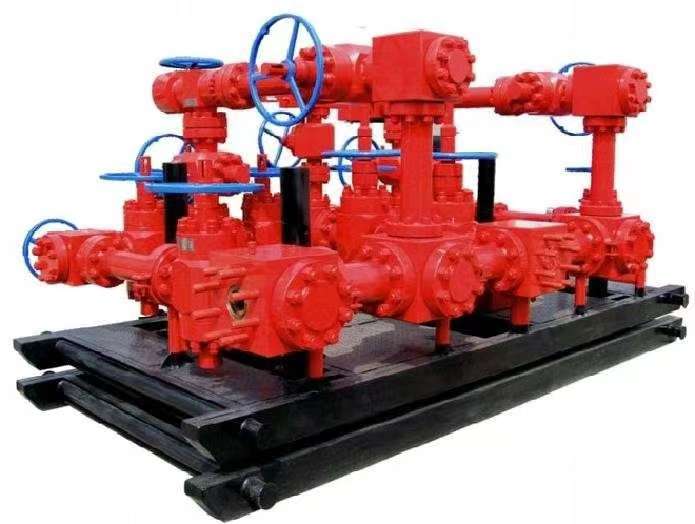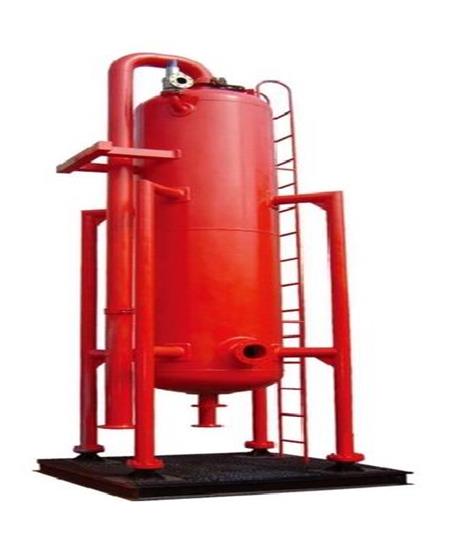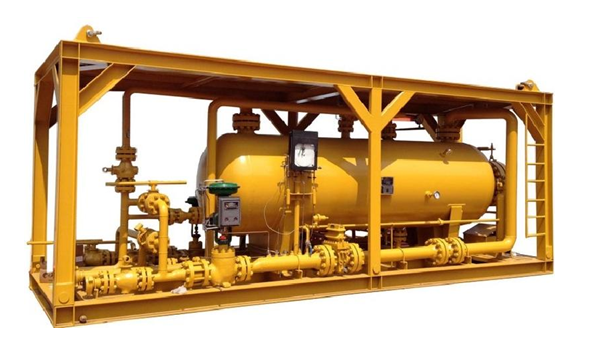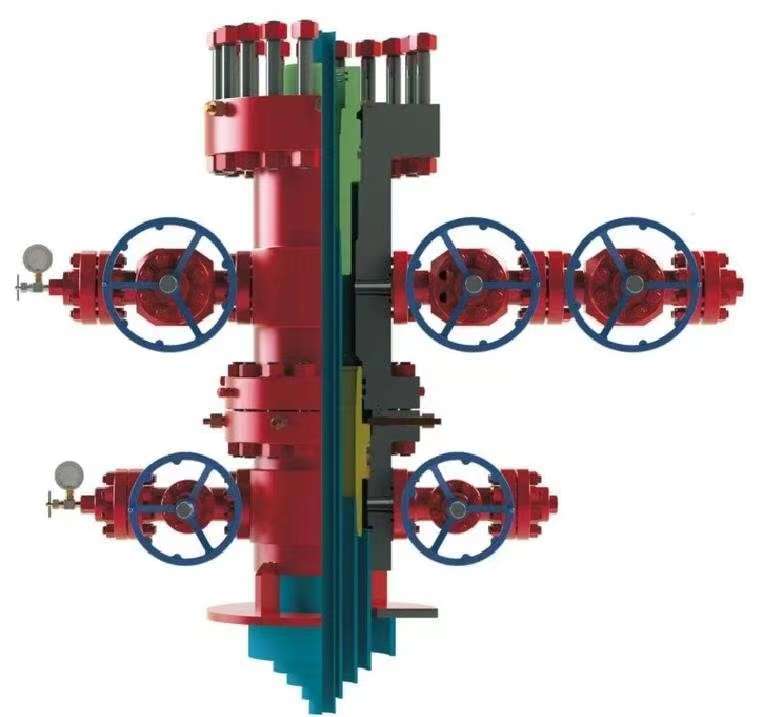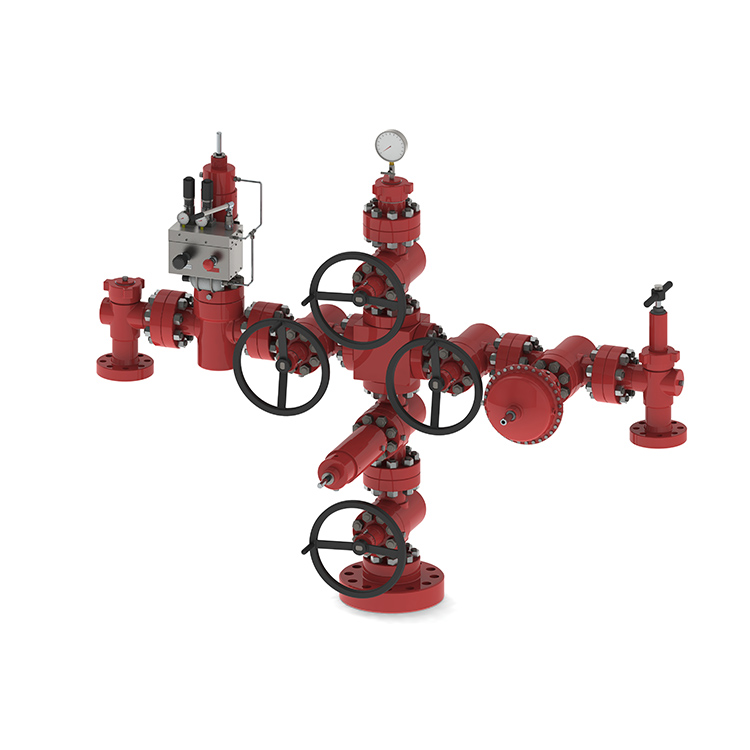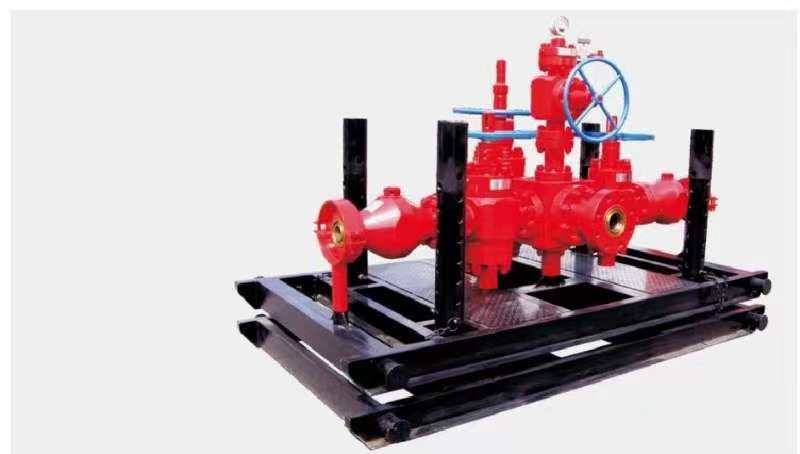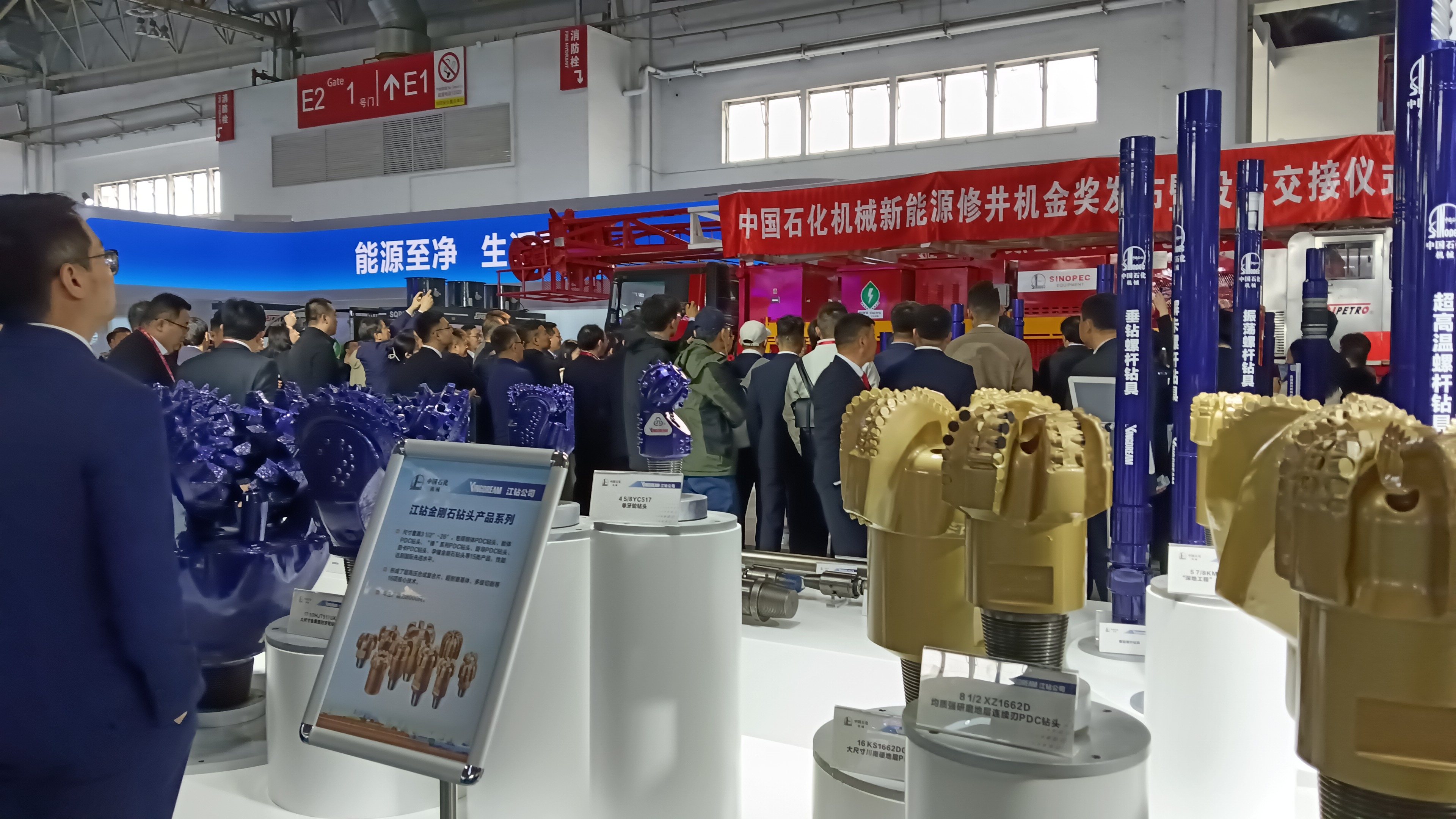A Closer Look at Drilling Equipment: Understanding the Role of Flanges in Wellheads and Well Control Equipment
Drilling is a complex and critical activity in the oil and gas industry, requiring specialized equipment to ensure safe and efficient operations. Among the various components used in drilling equipment, flanges play an important role in maintaining the integrity and functionality of the wellhead and well control equipment. In this blog, we’ll take a closer look at how flanges work and their importance in drilling operations.
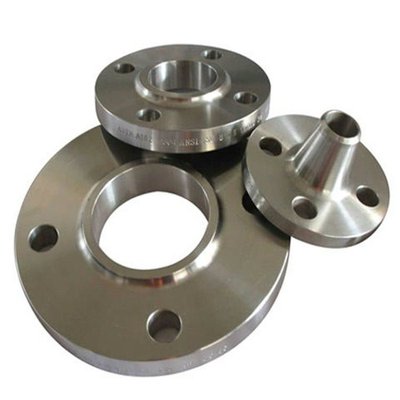
Learn about wellheads and well control equipment:
Before delving into the role of flanges, it is necessary to understand the functions of wellheads and well control equipment. Wellhead equipment is installed at the top of the wellbore and serves as the primary support and pressure control system. It controls drilling operations, injects fluids and efficiently extracts oil or natural gas from deep below the surface. Well control equipment, on the other hand, is responsible for managing the pressure and flow of fluids during drilling and production.
The meaning of flange:
Flanges are key components connecting wellheads and well control equipment, ensuring safe, leak-proof connections between pipe sections. They are discs with evenly spaced holes for bolts to pass through, creating a tight seal when fastened together. Flanges are typically made from high-quality metals, such as stainless steel or carbon steel, to withstand high pressures and harsh environmental conditions.
How the flange works:
Flanges facilitate the assembly and disassembly of drilling equipment for inspection, maintenance and repair when necessary. During the drilling process, multiple sections of pipeline need to be connected to form a continuous pipeline from the wellbore to the surface. Flanges are used to connect these pipe sections, ensuring a tight and secure connection.
When two flanges are connected, place a gasket between them to create a seal. The bolts through the flange holes are then tightened to compress the gasket, further enhancing the integrity of the seal. This compression prevents leakage of fluid, gas, or any other substance contained within the well.
Flanges also provide flexibility during the installation process as they can be rotated and aligned to achieve the correct fit between pipe sections. They are available in a variety of sizes and pressure ratings, ensuring compatibility with different drilling operations.
Additionally, flanges act as a safety measure during drilling operations. In an emergency, the flange can quickly disconnect the connection between the wellhead and the well control equipment section. This allows the well to be properly isolated and controlled, preventing potential accidents and ensuring the safety of personnel and the environment.
In conclusion:
Flanges play a vital role in the functionality and safety of drilling operations. They enable efficient fluid flow and prevent leaks by providing a secure connection between the wellhead and well control equipment. Flanges are also easy to maintain and repair, increasing the overall productivity of drilling operations. Understanding the importance of flanges in drilling equipment can help ensure successful and safe oil and gas exploration efforts.



